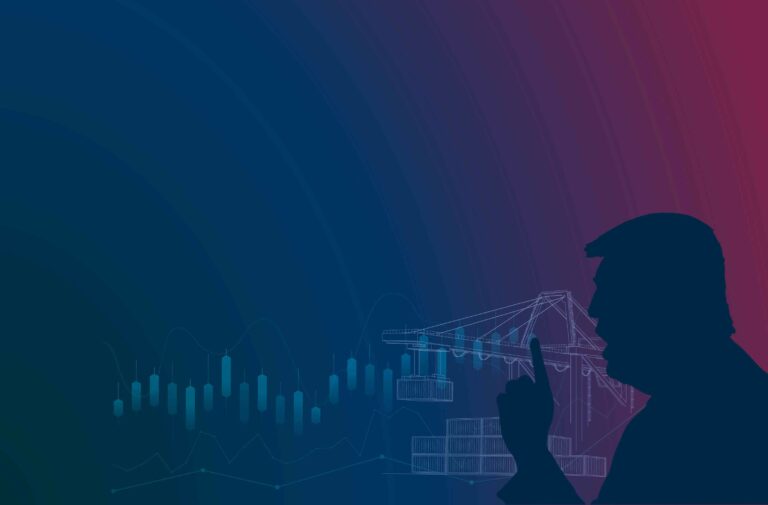Home
Where innovation
meets returns
Leading the asset management journey for more than 50 years
Our expertise

Private Equity
Delivering attractive returns and steady distributions by investing in the champions of tomorrow

Equities
Combining the power of mind and machine to achieve unconstrained returns

Wealth Management
Supporting discerning families with tailored investment solutions and expert services
For over 50 years we have built valuable partnerships,
working relentlessly together with our clients to achieve their objectives— BERNARD SABRIER, UNIGESTION CHAIRMAN
Who we are
Founded in 1971, Unigestion is an international boutique asset manager, providing investment solutions for institutional clients and high net worth individuals across three key areas of expertise – private equity, equities and wealth management.
We are independent thinkers focused on building long-term partnerships, employing an approach to investment tested over numerous market cycles to deliver consistent returns for clients across Europe, North America and Asia.


What we stand for
Combining technology with human insight to make better investment decisions
Providing access to over 50 years of specialist investment know-how
Delivering consistent returns through a deep understanding of opportunities and risks
Sustainability
For more than 20 years, we have integrated ESG criteria into our investment processes. Having a deep understanding of ESG factors is essential, enabling us to better manage the risk of our investments and positively influence long-term, risk-adjusted performance.

Our latest insights
- Equities
- Events
Watch as our excellent panelists, Fundamental Analysts Fleura Shiyanova and Joachim Hermann, dissect the potential impact of renewed trade tensions, policy volatility and market sentiment swings – all hallmarks of the Trump playbook.
- Equities
- Papers
Emerging managers, those who are launching their first or second funds, are often viewed sceptically by investors. However, these perceptions are often rooted in myth, not reality.
- Corporate
- Press releases
Unigestion, the asset manager focused on private equity’s mid-market leaders, has announced the first close of its third Emerging Manager Choice Fund (EMC III) at EUR 275m. This first closing comes at more than two-thirds of the Fund’s EUR 400m target size.
*Figures as of 31 March 2025.


